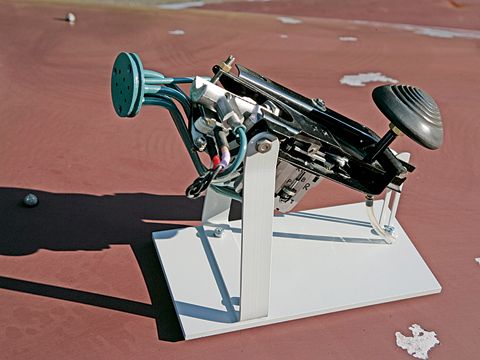Can someone tell me how Electronic Brake Distribution works vs a mechanical prop valve? (In a street car)
I understand that the mathematically ideal rear vs. front proportion is a sort of lay-down parabola, and that a mech. prop valve approximates that with 2 linear segments. I also know that with EBD, the prop valve is gone, and the ABS valves are used to do the proportioning.
My specific Q's:
- Does the EBD algorithm then target a specific proportioning curve?
--- or does it do something silly like wait for the fronts to start to slip then add rear line pressure?
- (I understand that EBD may have a means of changing the proportioning depending on inputs such as rear suspension deflection, yaw rate, steering wheel angle, or other inputs from the stability control system)
- Are ABS valves capable of reducing (or adding) line pressure smoothly to yield a given target curve without pulsation?
--- or does it necessarily pulsate?
P.S. I forgot to select "email when replied to". How do I change it after posting?
Edited by giskard, 11 March 2013 - 15:28.

















